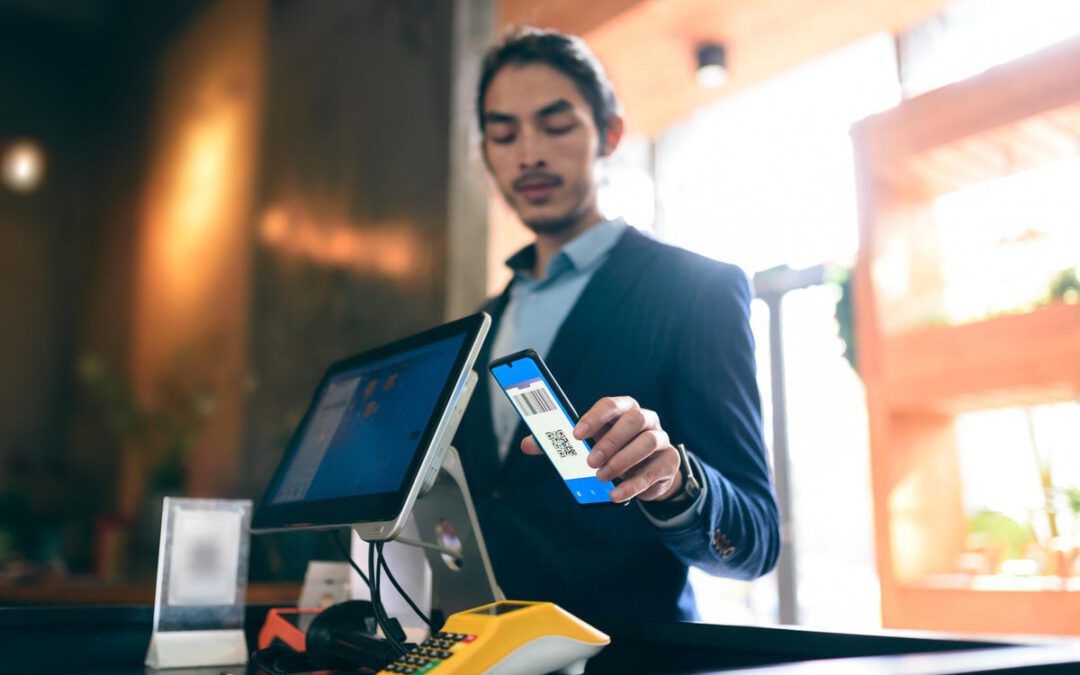getty
Digital payment technology has made it possible for anyone with a smart device to conduct transactions easily and securely, both in person and online. Both companies and consumers are embracing digital payments as a fast, reliable and contactless way to exchange money, but there are still innovations and improvements to be made.
If your business is considering adopting digital payment methods, it’s important to understand where they’re currently at and how they can be made more effective. Below, 13 Forbes Technology Council members offer insights on optimizing this popular transaction technology.
1. Be Open To New Technologies
Digital payment methods are positioned to be a major influence on the economic prosperity of many third-world and first-world countries, impacting everything from remittances to transferring funds via cryptocurrency backed by blockchain technology. Already, countries such as Ukraine, El Salvador and others have adopted Bitcoin as legal tender, signifying the growing adoption of this new technology. – Marc Fischer, Dogtown Media LLC
2. Provide Incentives For Use
Digital payments are highly platform-dependent, often not supported by merchants’ point of sale systems and expensive in comparison to cash. For more mainstream adoption, the value must be delivered to consumers (resulting in better purchasing power); this would drive the merchant’s or platform’s interest in supporting digital payments. Techniques similar to credit card “cash back” incentives could be applied to the merchant or P2P platforms. – Chitra Sivanandam, Reinventing Geospatial, Inc. (RGi)
Forbes Technology Council is an invitation-only community for world-class CIOs, CTOs and technology executives. Do I qualify?
3. Cater To Those With Disabilities
Digital payment methods for people with disabilities fail at checkout. Online shopping carts rarely function smoothly (if at all) for people using screen readers. The complexity of the process is often a critical issue for people with cognitive and mobility impairments. Simplifying the checkout process would eliminate these challenges faced by so many and bring another billion consumers online. – Lionel Wolberger, UserWay Inc.
4. Expand The Types Of Transactions
I believe digital payments should start expanding to more complex transactions that include financing and insurance. For example, rather than have customers simply pay for a product, merchants could offer a loan or spread the payments over a longer period. Furthermore, digital payments should be embedded in more devices—your kitchen or office appliances could order supplies for themselves. – Eliron Ekstein, Ravin AI Limited
5. Implement Identity Management And Encryption
It’s essential to ensure the security of customer data in each and every transaction. As more payments are transacted digitally, organizations will face improved attacker techniques, no matter the physical location of the customer. To make it more difficult for hackers to access customer payment data, implementing identity management and encryption is vitally important on every payment transaction, big or small. – Todd Moore, Thales Group
6. Create A Faster User Experience
Digital B2B payments have an astounding potential to save businesses money and improve efficiency and cash flow. Frictionless onboarding for businesses and immediate access to funds via virtual cards and mobile wallets will make digital payments easier and drive greater adoption. It’s not just about simplifying the transaction; it’s also about creating a fast, easy and secure user experience. – Derek White, Galileo Financial Technologies
7. Include Digital Payment Services In Social Platforms
Digital payments are revolutionizing consumer behavior and improving the consumer experience. One such way is the integration of digital payments in chat applications such as WhatsApp, WeChat and Snapchat as well as in social media platforms such as Instagram. One of the largest retailers in India is offering its services and products via WhatsApp, and payments are made using digital methods. – Vasudevan Sundarababu, Pactera Edge
8. Integrate The Payment Value Chain
Digital payments can be much cheaper, faster and easier if a company can vertically integrate all stakeholders in a payment’s value chain. Instead of having separate merchant acquirers, networks, issuers, fraud engines and so on, a single company could merge them all and create rails of its own. This could give back interchange to merchants, provide greater rewards to customers, increase authority and reduce fraud. – Roy Andrew Ng, Bond
9. Support Global Standardization
Global interoperability and standardization are key in digital payments, especially across borders. They would reduce friction and increase the ease of transactions and commercial relationships. They would also create flexibility in the workforce and supply chain. In the end, commerce would be significantly more efficient and streamlined. – Olga V. Mack, Parley Pro
10. Add Additional Layers Of Security
Digital payments are incredibly convenient and have become critical to the economy over the past two years. But they open consumers up to potential privacy and security risks. With the introduction of features such as credit card masking, which creates temporary, single-use credit card numbers, consumers can continue to reap the benefits of digital payments with dramatically reduced risk. – Hari Ravichandran, Aura™
11. Combine The Checkout And Buying Experience
Digital payments can be made more effective by embedding the checkout experience on the same page as the buying experience. Do not redirect the consumer to another payment or checkout page after they’ve selected the product(s) or service(s) they want to purchase; instead, allow payment transactions to take place on the same page. Fewer clicks and redirects equal higher conversions. – Steven Khuong, Curacubby
12. Decentralize Payments
Detach the reader from the pin pad. It should be possible to pay anywhere in a venue without the need for a full-fledged pin pad. Imagine restaurants with readers at each table or movie theaters with one at each chair. This would allow for immediate payment and decision-making beyond the POS. Cash wraps continue to plague the forward momentum of retailers. Decentralizing payments will be key! – Tom Roberto, Core Technology Solutions
13. Incorporate Biometric Authentication
One way digital payments might be made more effective is by incorporating biometric authentication. This would mean that, in order to make a payment, the consumer would need to scan their fingerprint or use some other form of biometric identification. This would add an extra layer of security to the transaction and help to ensure that only the authorized user is able to make a payment. – John Giordani, NCHENG LLP






